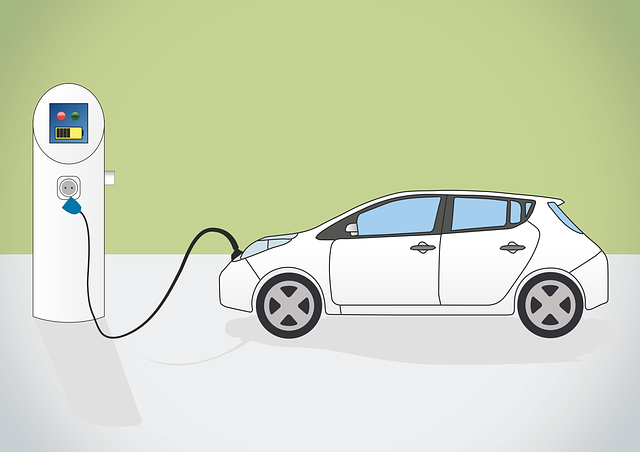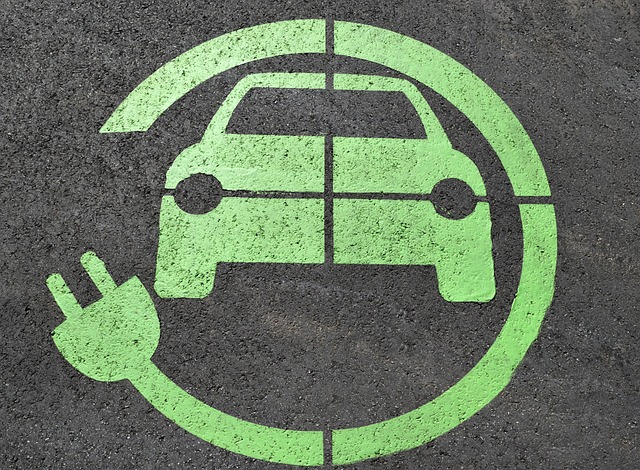Drivers benefit from diverse EV charging options including Level 1 and Level 2 outlets. Accessibility features cater to all users, while apps guide drivers to nearby stations. Choosing stations involves considering EV standards, charging speeds, payment methods, and location for a seamless experience, contributing to the growth of eco-friendly infrastructure by strategically selecting EV charging stations.
“Embracing electric vehicles (EVs) comes with a crucial question: how to effectively charge them? This article guides EV owners through the process of selecting the best charging stations, offering insights into understanding infrastructure and key considerations. We’ll explore factors like speed, cost, accessibility, and network compatibility to ensure optimal charging experiences. By mastering these aspects, you can make informed decisions when choosing EV charging stations, enhancing your overall ownership journey.”
- Understanding EV Charging Infrastructure
- Factors to Consider When Choosing Stations
- Optimizing Your EV's Charging Experience
Understanding EV Charging Infrastructure

The EV (electric vehicle) charging infrastructure is rapidly expanding, offering a growing network of options for owners. When selecting EV charging stations, it’s essential to consider different types like Level 1 (120-volt outlets) suitable for slow charging at home or public locations with limited accessibility. For faster charging, Level 2 (240-volt outlets) is a popular choice, compatible with many modern EV models. This level provides a significant charge in a matter of hours, making it ideal for longer trips and public charging stations.
Moreover, understanding the accessibility features at these stations is vital, especially for disabled drivers. Many new charging stations are designed with universal design principles, ensuring ease of use for all. Best EV charging apps for long trips can guide users to the nearest compatible charging points, enhancing the overall EV ownership experience. With proper planning and access to the right infrastructure, electric vehicle owners can confidently embark on their journeys, knowing they have options to keep their vehicles charged.
Factors to Consider When Choosing Stations

When selecting EV charging stations, electric vehicle owners should consider several key factors. First and foremost, understanding ev charging standards by country is essential to ensure compatibility with your vehicle. Different countries have adopted varying standards such as CCS (Combined Charging System), CHAdeMO, or Tesla’s proprietary connectors. Therefore, checking the availability of compatible chargers in your area is crucial for hassle-free recharging.
Moreover, considering the type of charging – DC fast charging vs AC charging – will impact charging speed and convenience. Direct current (DC) fast chargers offer quicker recharging times, ideal for long-distance travel, while alternating current (AC) chargers are more common at home or in public locations and generally have lower power outputs. Additionally, understanding how to pay for public EV charging is vital; options range from credit card payments to mobile apps, with some stations offering subscription models or membership perks.
Optimizing Your EV's Charging Experience

Optimizing your electric vehicle (EV)’s charging experience involves a strategic approach, starting with the selection of EV charging stations. When choosing a station, consider its location and convenience for your daily routine. Public EV charging stations, often found at malls or rest areas, offer accessibility during long-distance travel. For those living in apartments or urban areas, dedicated EV charging stations can be installed, providing a seamless experience right at home. These stations, equipped with various payment options, allow you to conveniently charge without the hassle of carrying cash or cards.
Electric vehicle charging standards play a vital role in ensuring compatibility and safety. Different regions have their own standards, so it’s essential to familiarize yourself with them. This guarantees that your EV can connect to any charging station, making your travels smoother. By considering these factors, you can make informed decisions when selecting EV charging stations, enhancing your overall charging experience and contributing to the growing network of eco-friendly charging infrastructure.
EV charging infrastructure is evolving rapidly, offering electric vehicle owners a growing network of options. By understanding the factors that influence station selection and optimizing your charging experience, you can choose the best stations for your needs. When it comes to selecting EV charging stations, considering location, connectivity, speed, and cost is key. By staying informed and utilizing available resources, EV owners can navigate this landscape with ease and enjoy a seamless transition to electric mobility.
